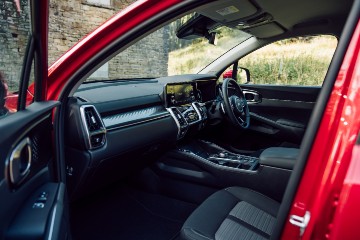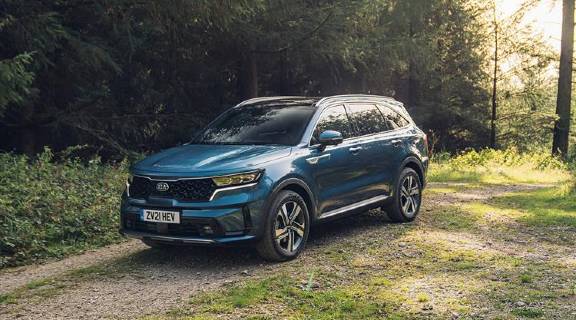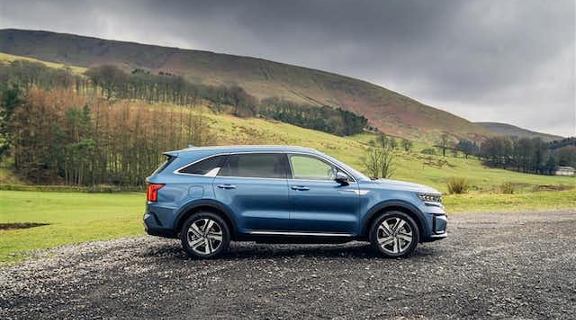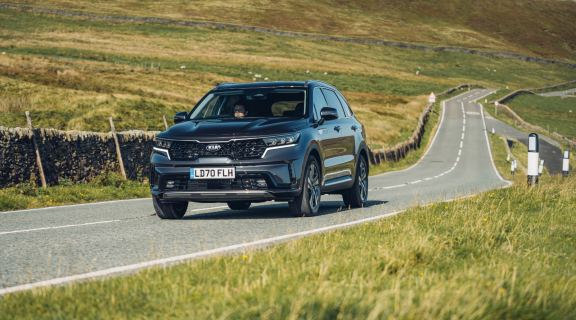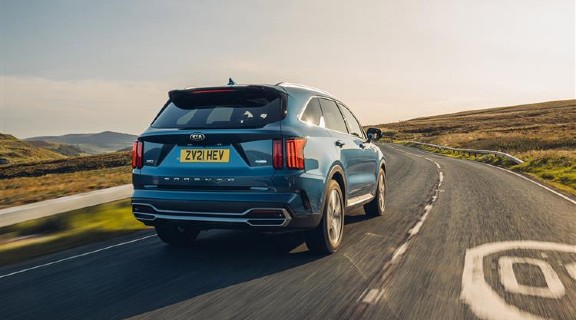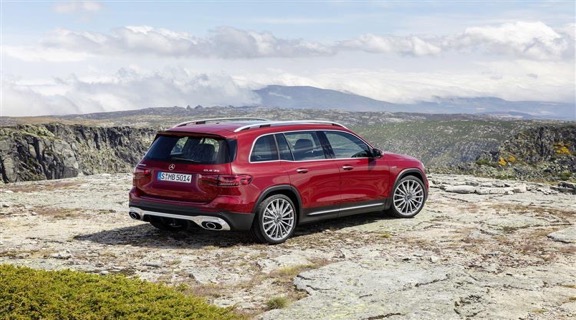Kia Sorento Lease Deals
A Kia Sorento lease is an excellent choice if you're looking for a genuine 4-wheel drive SUV with good off-road capabilities, spacious seating for up to 7 people and generous towing capacity. It also comes with a smart, well-built cabin, plenty of technology and great road manners.













